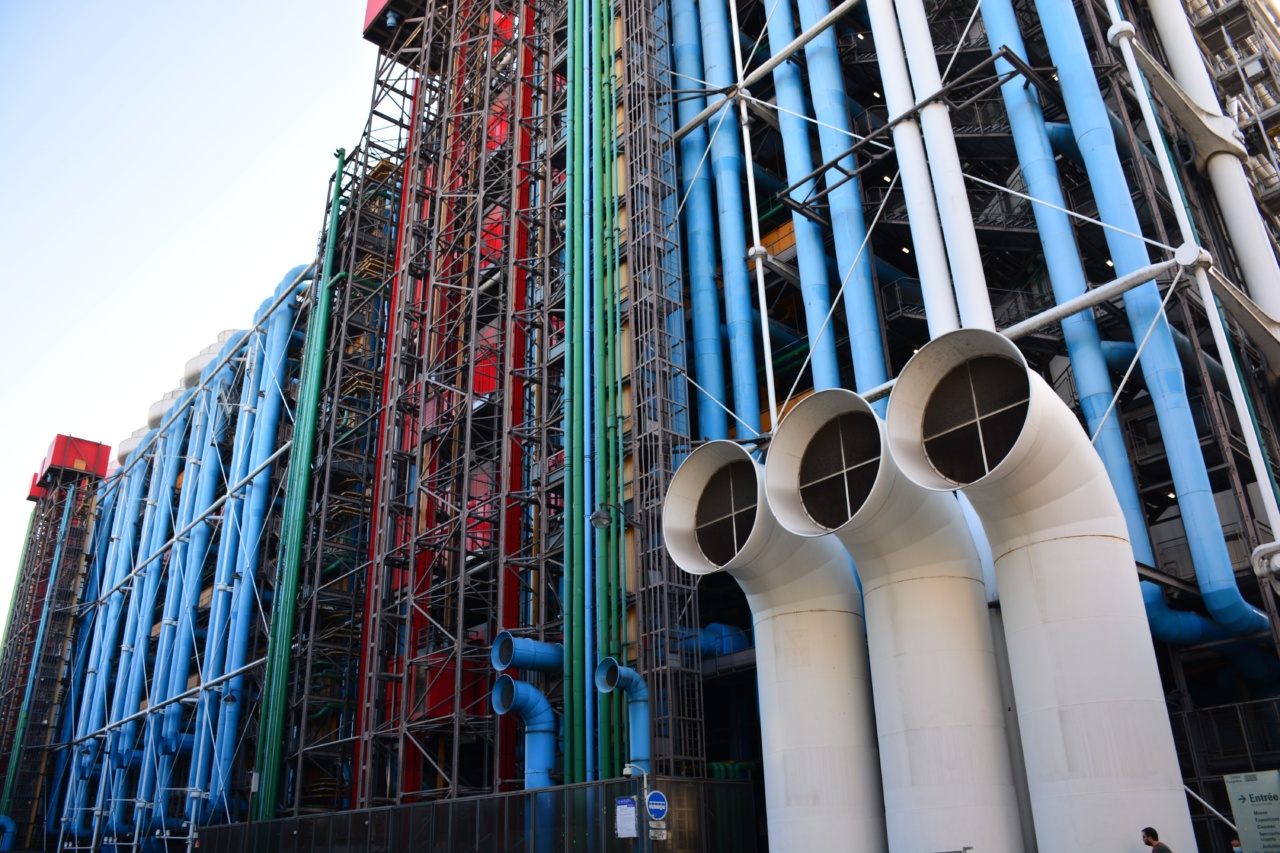Local thickness refers to the thickness of a material at a given point. It is an important parameter in material engineering, processing, and testing.
The concept of local thickness has many applications in various fields including construction, aerospace, automotive, and many more.
Local thickness is an essential element in determining the structural and mechanical properties of a material.
It is commonly used to measure and analyze the thickness of coatings applied onto a surface, the thickness of layers within laminates, and in the analysis of welds.
This article will provide a comprehensive review of the potential of local thickness and its effectiveness in combination with various techniques.
It will cover the concept of local thickness, its applications, advantages, and how it can enhance the performance of different materials.
Local thickness applications
Local thickness has a wide range of applications in various fields. In the aerospace and automotive industries, it is used to measure the thickness of coatings applied onto a surface.
The thickness of coatings is an important factor as it affects the durability and performance of the material. Local thickness can be used to ensure that the coatings applied are consistent in thickness and meet the required specifications.
Additionally, local thickness analysis is used in the construction industry to analyze the thickness of concrete walls, floors, and slabs. It is commonly used in the inspection of bridge decks and other critical infrastructure.
Local thickness measurements also play a significant role in the analysis of welds. The thickness of a weld affects its strength and durability.
Local thickness analysis can help identify any inconsistent thicknesses in the weld and guide any corrective measures.
Advantages of local thickness
Local thickness analysis offers several advantages. It provides a precise measurement of the thickness of a material at a specified point, which can help evaluate its structural and mechanical properties.
Another advantage of local thickness analysis is that it can be used to identify any inconsistencies or defects in the material.
For instance, it can detect any variations in the thickness of coatings, which can affect the overall performance of the material.
Local thickness analysis is also non-destructive, making it a cost-effective method of evaluating the thickness of different materials. It is not necessary to destroy the material to analyze its thickness, which saves time and lowers costs.
Local thickness in combination with other techniques
Local thickness analysis can be combined with other techniques to enhance its effectiveness.
For instance, it can be combined with x-ray diffraction, microscopy, and scanning electron microscopy to provide a more comprehensive analysis of the material’s properties.
Combining local thickness analysis with other techniques can lead to improved accuracy in measurements and identification of defects as well as a deeper understanding of the material’s characteristics.
Furthermore, local thickness analysis can be paired with Finite Element Analysis (FEA). FEA is a computational method used to assess the behavior of materials and structures under specific conditions.
By combining local thickness analysis with FEA, it is possible to analyze the stress distribution of a material. This information can be used to improve the design of a structure or identify any problems before they can cause any serious damage.
Conclusion
Local thickness analysis is an important parameter in material engineering, processing, and testing.
It has many applications in various fields and offers several benefits, including identifying inconsistencies and defects in materials, providing a precise measurement of thickness, and being a non-destructive method of evaluation.
Combining local thickness analysis with other techniques can lead to a more comprehensive analysis of materials and structures.
This can provide valuable insights into the properties of the material and can improve the structural design and performance.































